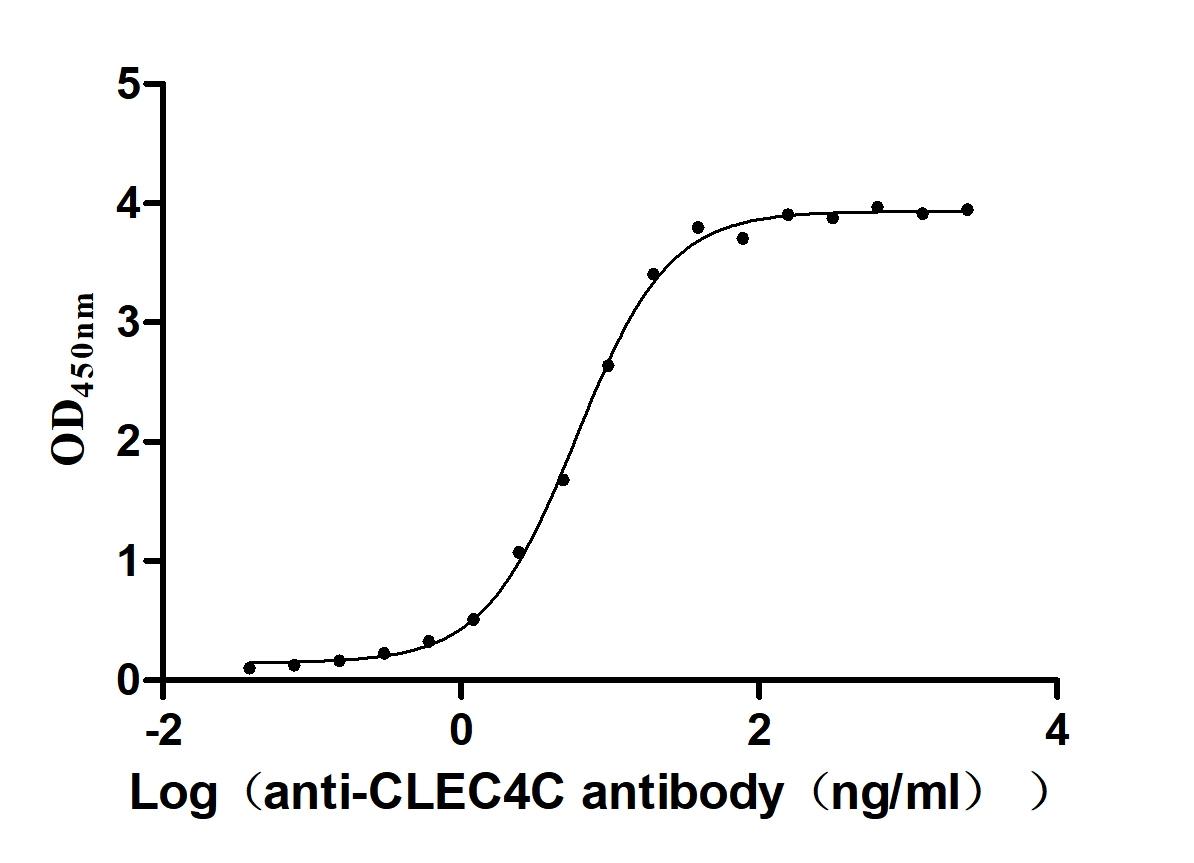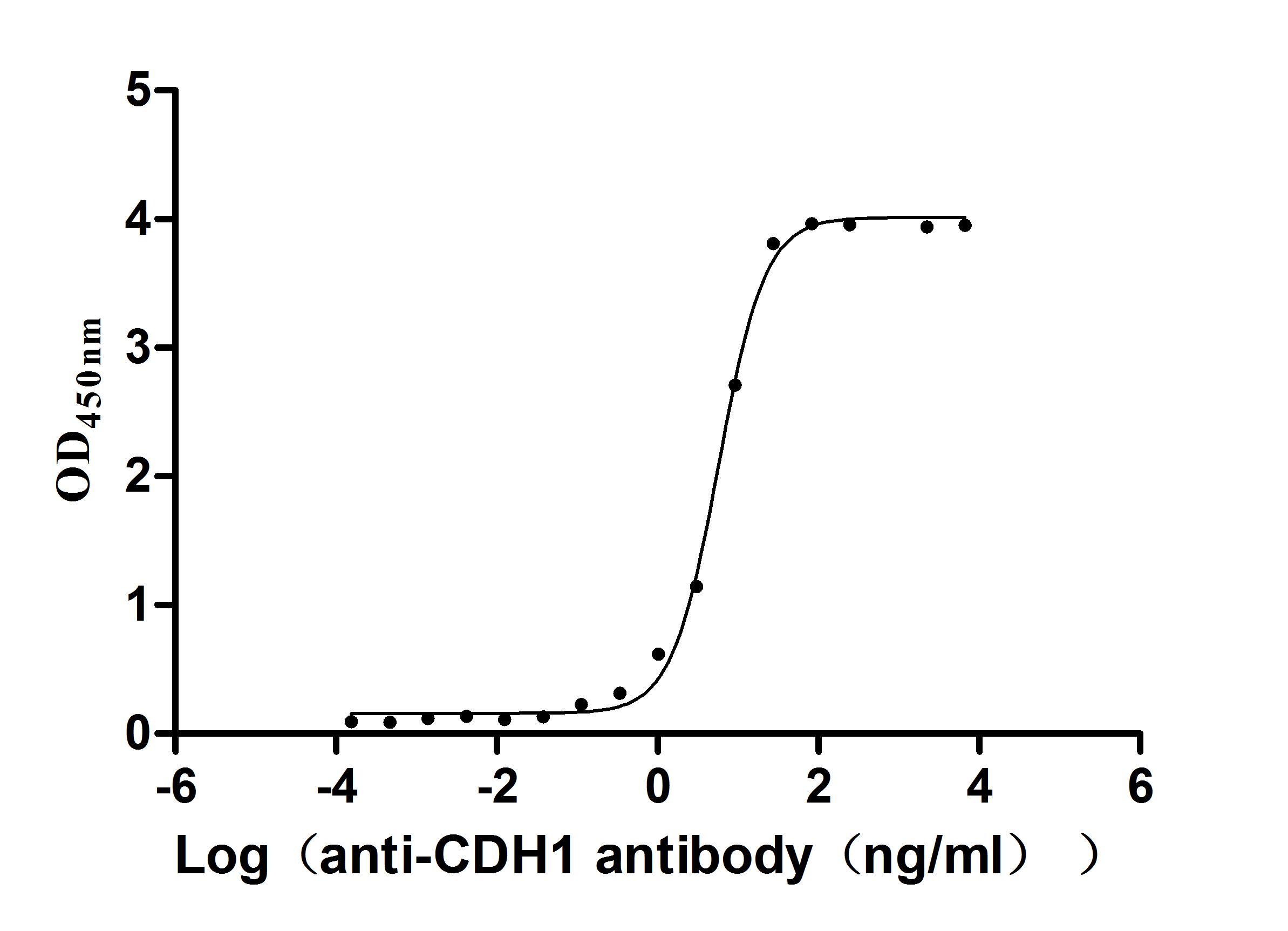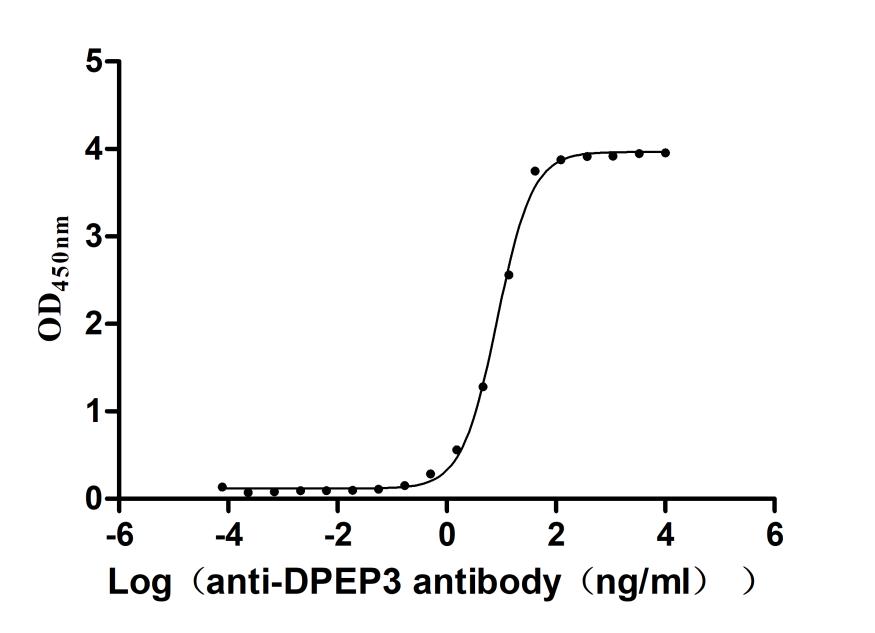Recombinant Mouse Receptor-type tyrosine-protein phosphatase beta (Ptprb), partial
-
中文名称:小鼠Ptprb重组蛋白
-
货号:CSB-YP019048MO
-
规格:
-
来源:Yeast
-
其他:
-
中文名称:小鼠Ptprb重组蛋白
-
货号:CSB-EP019048MO
-
规格:
-
来源:E.coli
-
其他:
-
中文名称:小鼠Ptprb重组蛋白
-
货号:CSB-EP019048MO-B
-
规格:
-
来源:E.coli
-
共轭:Avi-tag Biotinylated
E. coli biotin ligase (BirA) is highly specific in covalently attaching biotin to the 15 amino acid AviTag peptide. This recombinant protein was biotinylated in vivo by AviTag-BirA technology, which method is BriA catalyzes amide linkage between the biotin and the specific lysine of the AviTag.
-
其他:
-
中文名称:小鼠Ptprb重组蛋白
-
货号:CSB-BP019048MO
-
规格:
-
来源:Baculovirus
-
其他:
-
中文名称:小鼠Ptprb重组蛋白
-
货号:CSB-MP019048MO
-
规格:
-
来源:Mammalian cell
-
其他:
产品详情
-
纯度:>85% (SDS-PAGE)
-
基因名:
-
Uniprot No.:
-
别名:Ptprb; Receptor-type tyrosine-protein phosphatase beta; Protein-tyrosine phosphatase beta; R-PTP-beta; EC 3.1.3.48; Vascular endothelial protein tyrosine phosphatase; VE-PTP
-
种属:Mus musculus (Mouse)
-
蛋白长度:Partial
-
蛋白标签:Tag type will be determined during the manufacturing process.
The tag type will be determined during production process. If you have specified tag type, please tell us and we will develop the specified tag preferentially. -
产品提供形式:Lyophilized powder
Note: We will preferentially ship the format that we have in stock, however, if you have any special requirement for the format, please remark your requirement when placing the order, we will prepare according to your demand. -
复溶:We recommend that this vial be briefly centrifuged prior to opening to bring the contents to the bottom. Please reconstitute protein in deionized sterile water to a concentration of 0.1-1.0 mg/mL.We recommend to add 5-50% of glycerol (final concentration) and aliquot for long-term storage at -20℃/-80℃. Our default final concentration of glycerol is 50%. Customers could use it as reference.
-
储存条件:Store at -20°C/-80°C upon receipt, aliquoting is necessary for mutiple use. Avoid repeated freeze-thaw cycles.
-
保质期:The shelf life is related to many factors, storage state, buffer ingredients, storage temperature and the stability of the protein itself.
Generally, the shelf life of liquid form is 6 months at -20°C/-80°C. The shelf life of lyophilized form is 12 months at -20°C/-80°C. -
货期:Delivery time may differ from different purchasing way or location, please kindly consult your local distributors for specific delivery time.Note: All of our proteins are default shipped with normal blue ice packs, if you request to ship with dry ice, please communicate with us in advance and extra fees will be charged.
-
注意事项:Repeated freezing and thawing is not recommended. Store working aliquots at 4°C for up to one week.
-
Datasheet :Please contact us to get it.
靶点详情
-
功能:Plays an important role in blood vessel remodeling and angiogenesis. Not necessary for the initial formation of blood vessels, but is essential for their maintenance and remodeling. Can induce dephosphorylation of TEK/TIE2, CDH5/VE-cadherin and KDR/VEGFR-2. Regulates angiopoietin-TIE2 signaling in endothelial cells. Acts as a negative regulator of TIE2, and controls TIE2 driven endothelial cell proliferation, which in turn affects blood vessel remodeling during embryonic development and determines blood vessel size during perinatal growth. Essential for the maintenance of endothelial cell contact integrity and for the adhesive function of VE-cadherin in endothelial cells and this requires the presence of plakoglobin.
-
基因功能参考文献:
- VEPTP (vascular endothelial protein tyrosine phosphatase) determines TIE2 response to ANGPT2. VEPTP is absent from lymphatic endothelium in mouse in vivo, permitting ANGPT2/TIE2-mediated lymphangiogenesis. PMID: 29358379
- PTPRB regulates branching morphogenesis in the mammary epithelium by modulating the response of the FGFR signalling pathway to FGF stimulation PMID: 28870991
- In the absence of Tie-2, VE-PTP inhibition destabilizes endothelial barrier integrity in agreement with the VE-cadherin-supportive effect of VE-PTP. PMID: 26642851
- The Lewis X epitope is mainly expressed on phosphacan/receptor protein tyrosine phosphatase beta (RPTPbeta) in the developing mouse brain. PMID: 25361541
- VE-PTP activates TIE2 and stabilizes retinal and choroidal blood vessels PMID: 25180601
- We suggest that lymphocyte binding to vascular cell adhesion molecule 1 triggers a signaling process that enables a VE-PTP substrate to dissociate VE-PTP from VE-cadherin, thereby facilitating efficient transmigration. PMID: 23908467
- Suggest that VE-PTP, in cooperation with integrins, regulates the spreading and migration of endothelial cells during angiogenesis. PMID: 20301196
- Data show that vascular endothelial protein tyrosine phosphatase (VE-PTP) is a transmembrane binding partner of VE-cadherin that reduces the tyrosine phosphorylation of VE-cadherin and cell layer permeability. PMID: 12234928
- the activity of VE-PTP is not required for the initial formation of blood vessels, yet it is essential for their maintenance and remodeling. PMID: 16514057
- Vascular endothelial tyrosine phosphatase (VE-PTP)-null mice undergo vasculogenesis but die embryonically because of defects in angiogenesis. PMID: 17360632
- expression of Ptprb in mouse brain after chronic morphine treatment was found to be up-regulated in some brain regions PMID: 18361428
- Dissociation of VE-PTP from VE-cadherin triggers the activation of Tie-2, leading to enhanced endothelial cell proliferation and enlargement of vascular structures through activation of Erk1/2. PMID: 19451274
显示更多
收起更多
-
亚细胞定位:Membrane; Single-pass type I membrane protein.
-
蛋白家族:Protein-tyrosine phosphatase family, Receptor class 3 subfamily
-
组织特异性:Expression is very high in the vasculature of lung, spleen, and kidney, as well as in the heart valves, and is also present in the endothelium of arterioles and venules. Also expressed in tumor vasculature.
-
数据库链接:
Most popular with customers
-
Recombinant Human Glypican-3 (GPC3) (G537R), partial (Active)
Express system: Mammalian cell
Species: Homo sapiens (Human)
-
Recombinant Macaca mulatta Semaphorin-4D isoform 1 (SEMA4D), partial (Active)
Express system: Mammalian cell
Species: Macaca mulatta (Rhesus macaque)
-
Recombinant Rat Microtubule-associated protein tau (Mapt) (Active)
Express system: Mammalian cell
Species: Rattus norvegicus (Rat)
-
Recombinant Dog B-lymphocyte antigen CD20 (MS4A1)-VLPs (Active)
Express system: Mammalian cell
Species: Canis lupus familiaris (Dog) (Canis familiaris)
-
Recombinant Human Claudin-6 (CLDN6)-VLPs, Fluorescent (Active)
Express system: Mammalian cell
Species: Homo sapiens (Human)
-
Recombinant Macaca fascicularis C-type lectin domain family 4 member C(CLEC4C), partial (Active)
Express system: Mammalian cell
Species: Macaca fascicularis (Crab-eating macaque) (Cynomolgus monkey)
-
Recombinant Human Cadherin-1(CDH1),partial (Active)
Express system: Mammalian cell
Species: Homo sapiens (Human)
-
Recombinant Macaca fascicularis Dipeptidase 3(DPEP3) (Active)
Express system: Mammalian cell
Species: Macaca fascicularis (Crab-eating macaque) (Cynomolgus monkey)


-AC1.jpg)
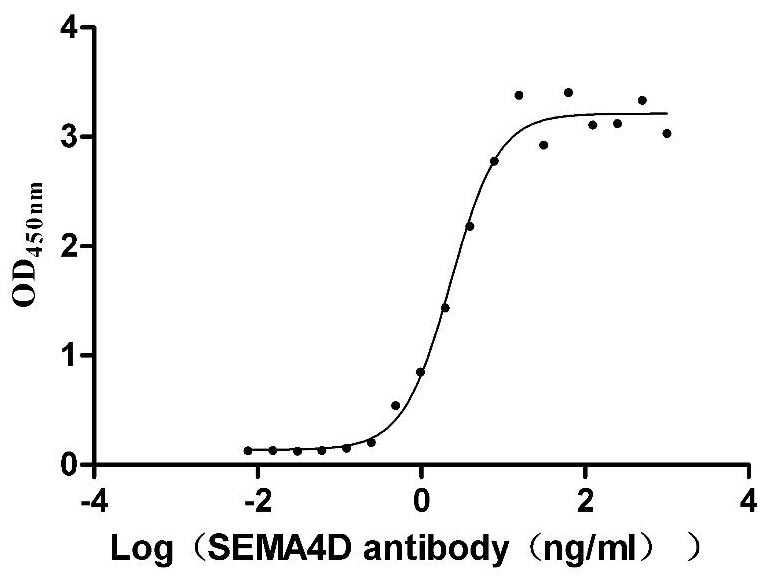
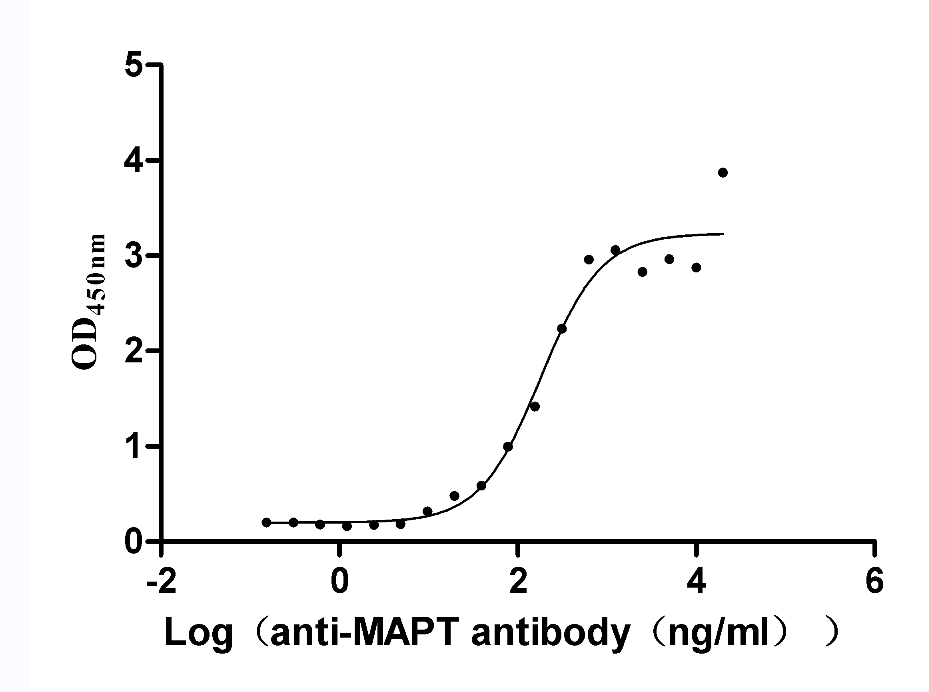
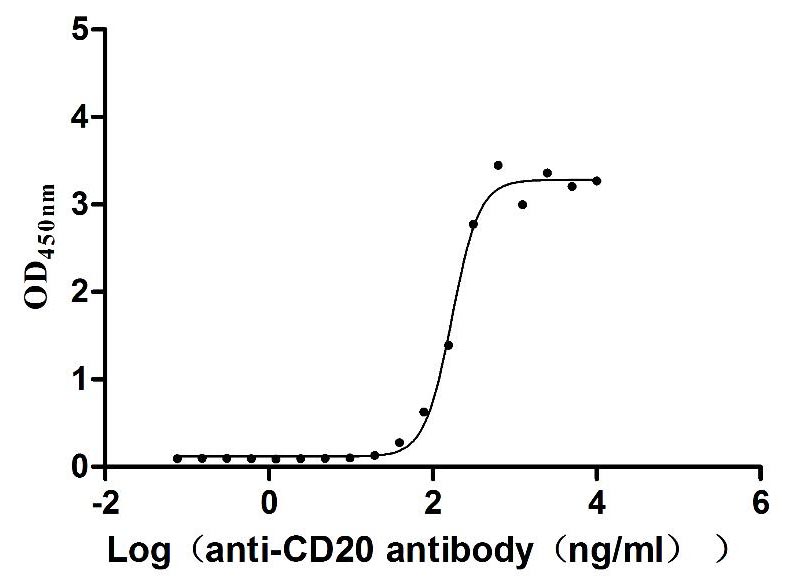
f4-AC1.jpg)
